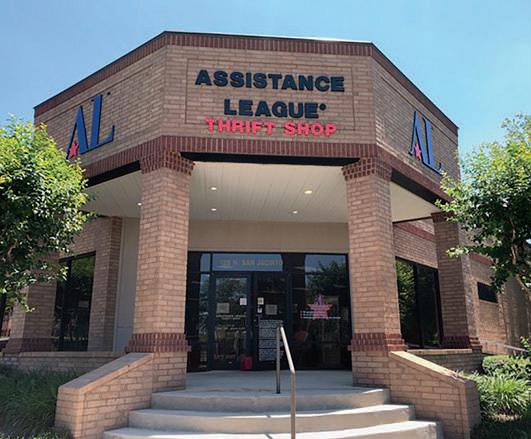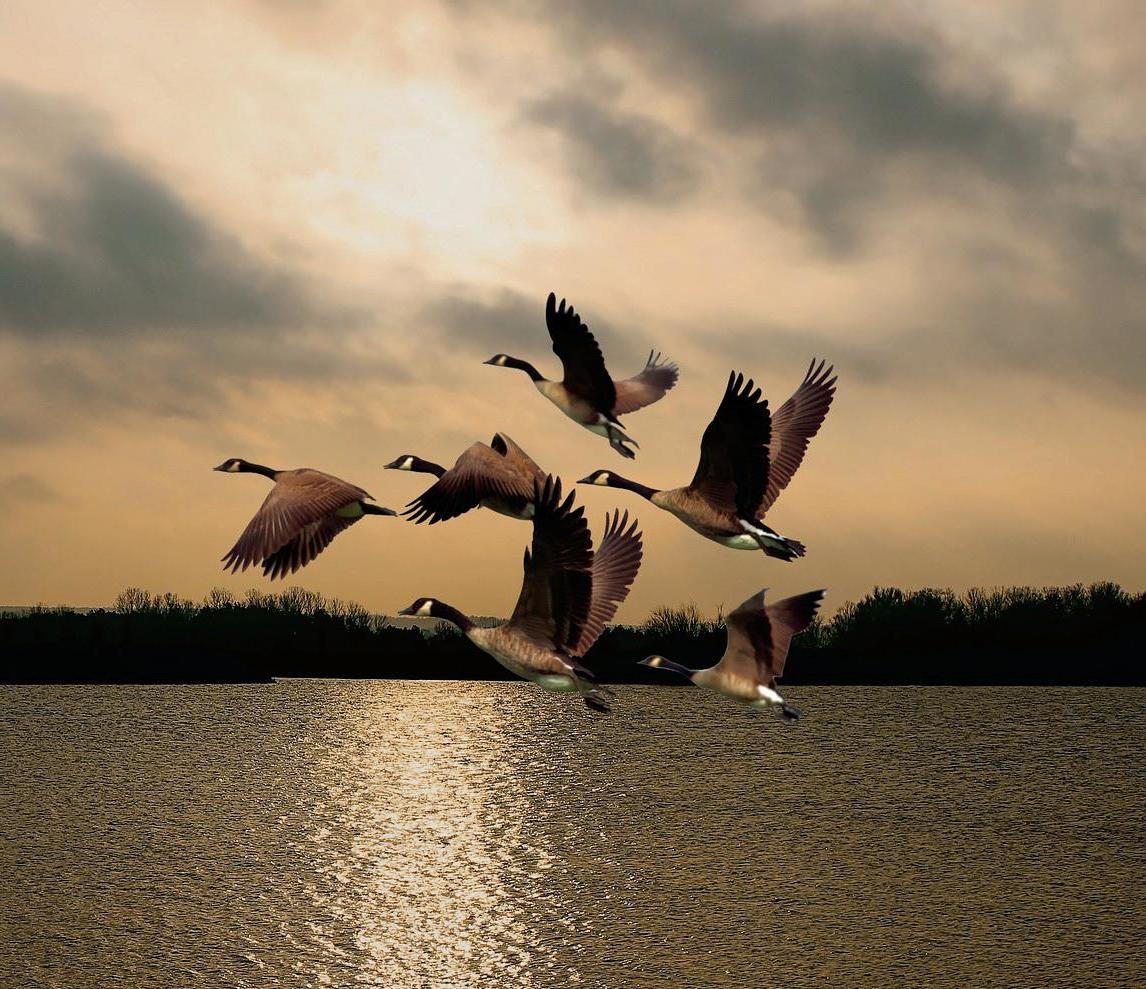
7 minute read
Vet Connect
By Kim VanWagner, D.V.M.
New Year Pet Resolutions
What better time of the year than now to begin making changes for a healthier lifestyle? The holidays have just passed and if you’re like me, now is the time to make compensations for all the holiday indulgences. The start of a new year can signal a fresh start for your pets as well. Some may be needing a change in their routine or just encouraged to become more active, especially if the recent weather has caused them to lay around and not get as much activity as they typically do. There’s no better time for you to commit to a new diet and exercise regimen for your pets, esp. if you are considering that for yourself. This might also be a good time to enrich and enhance their environments. Here are some ideas to help your pet live a healthier lifestyle: 1. Take the time to measure your pet’s food every time! Many owners
“eyeball” their pet’s daily intake usually resulting in overfeeding and weight gain, not to mention the extra calories consumed in treats. Instead, use an actual 8 oz measuring cup, not Big Gulps or Folgers coffee cans. For example, did you know that large dog greenie dental treats have 145 kilocalories, which is 20% of a 50lb dog’s daily needs? Recommended feeding guidelines on bags are a good place to start to figure your pets’ daily needs, but make sure to choose age appropriate diets. Growing pets have very specific nutrient requirements to ensure their bodies grow healthy and strong. Some senior pets may have lower energy requirements, and have other medical issues like degenerative joint disease that may be helped with appropriate diets. You can also offer your pet a smaller food bowl if you are working on weight management.
Both you and your pet will perceive to actually have more food instead of a smaller portion when a smaller bowl is used. 2. Try a new activity with your pet. It is easier than ever for people to incorporate their pet into a new exercise routine. It’s a great way to bond, it’ll get you both moving around and maybe out of the house, and both of you will reap the rewards of healthy physical activities. There are several apps available such as Charity Miles that encourage dog walking. Interact with your cat using laser and feather toys and cardboard boxes to enrich their environment by stimulating that predatory instinct, getting them off the couch and engaged in a little aerobic activity. Try putting pet food and treats in puzzle bowls and other reward based systems to enrich their minds while they’re eating. 3. Make a Date with your Vet. Veterinary visits are also the perfect time to ask for advice, update your pet’s food, or get an expert opinion on any behavioral issues that may be affecting your bonding with your pet or even training advice. It is also a good time to update Pet ID info, microchip status, and wellness visits if needed.
4. Practice Good Oral Hygiene Habits. Daily tooth brushing is the best way to keep tarter and plaque at bay, just be sure to use toothpaste meant for pets, no fluoride. Water additives, dental diets, and treats designed to reduce tarter can also be helpful tools in protecting teeth. Oravet chews are a great dental treat if used daily to help clean and apply a temporary sealant over the teeth.
Even with all these tricks, regular cleanings under the care of a licensed vet are the best way to keep those pearly whites in tip top shape long into your pet’s senior years. With dental month right around the corner in February, be on the lookout for discounted dental prices. 5. Consider fostering or adopting. You think you want a new pet but you’re not 100% sure it’s right for you? Try fostering. Many animal shelters and rescues are in great need of loving homes to provide safe and temporary living arrangements for pets. It’s the perfect way to test the waters of pet ownership without the lifelong commitment, since you are simply hosting a pet while they wait for their forever home. If you’re not able to adopt or even offer fostering care, your local shelter and rescue groups would love other forms of support financially or through volunteering. Make the beginning of this new decade count for you and your furry family members! Happy New Year and a new beginning.
Real Volunteers Real Results
Assistance League® - Fostering health and wellness in Montgomery County through these philanthropic programs...
• ASSAULT SURVIVOR KITS® …
Helps assault and trauma survivors by providing clothing, toiletries and comfort items.
• TENDER LOVING CARE DOLLS…
Provides hand-crafted dolls to counselors who use them as a tool to encourage children to express their feelings during difficult times.
• FANS FOR FRIENDS…
Provides seniors and individuals in need with large box fans for the summer heat and warm blankets for the winter cold.
• PASSPORT FOR GOOD HEALTH ™ …
Provides booklets for recording immunizations, medical information, and prescription medicines.
If serving your community is your passion, join us! Call Sandra Katri at 936-760-1151
126 N. San Jacinto Street • Conroe, TX 77301
www.assistanceleague.org/montgomery-county
TEAMWORK LESSONS FROM GEESE
By Cheryl Conley
Look, up in the sky. It’s a bird, it’s a plane. No, it’s Canadian geese flying south in their iconic “v” formation, typically during the months of September and October. However, I just saw a flock last week, so obviously it can be later in the year. Normally, I hear them before I see them because they “honk” while they’re flying. This is their way of keeping the flock together. They don’t let bad weather or nighttime keep them from flying, so when it’s cloudy or dark with limited visibility, they are able to keep track of each other by honking.
As human beings, we often (but not always) choose our leaders because of their knowledge and abilities. Not so with geese. When migrating, the duty of leading the flock (or skein) is a shared responsibility. The vertex of the formation is a difficult and exhausting position to be in, so it changes frequently. Each bird in the “V” flies a little higher than the bird in front of them. This reduces wind resistance and conserves energy for every bird in the formation except the lead bird…so when the leader tires, it will fall back, and another bird will take the lead. This is teamwork in action.
Migrating Canada geese can fly up to 1500 miles in 24 hours and fly 2,000 to 3,000 miles in total to get to their destination. Some will spend their winters in the southern United States or Mexico. It’s interesting to note, however, that some geese don’t migrate at all. If there’s open water and available food, they may become year-round residents. They are highly adaptable. Come spring, you may hear or see geese heading north. Normally they will return to the same nesting site every year. The female chooses the nesting site and does most of the nest construction while dad stands guard. The female lays between 4 and 9 eggs and will lay one every 1-2 days. The incubation period is about 30 days; during this time, she will only leave the nest for very short periods of time to eat and drink. Soon after hatching, the goslings are taken to the water to eat. Mom and dad are very protective of their broods for 10-12 weeks after hatching. As the goslings grow older and learn to fly, the parents become less protective. The Canada Goose is protected under the Migratory Bird Treaty Act of 1918. This means that it is illegal to capture, kill, trade, transport, or damage eggs or their nests without permission from the U.S. Fish and Wildlife Service. There is, however, a hunting season for geese in Texas. Here is the link for the regulations: https:// tpwd.texas.gov/regulations/outdoor-annual/ regs/animals/goose


Nominate Your Senior
Tell us about a High School Senior who is involved and making a difference!
A goose’s body size can range from 30 to 43 inches with a wingspan of 4.2 feet to 5.6 feet. You’ll be pleased to know that wild Canadian geese mate for life, but domesticated geese prefer to play the field and can have many mates. Wild geese will stay loyal to their mates until death, at which time they may seek out another mate. Interestingly, geese exhibit signs of mourning when they lose a mate. They separate from the flock and will often make mourning-type sounds.





